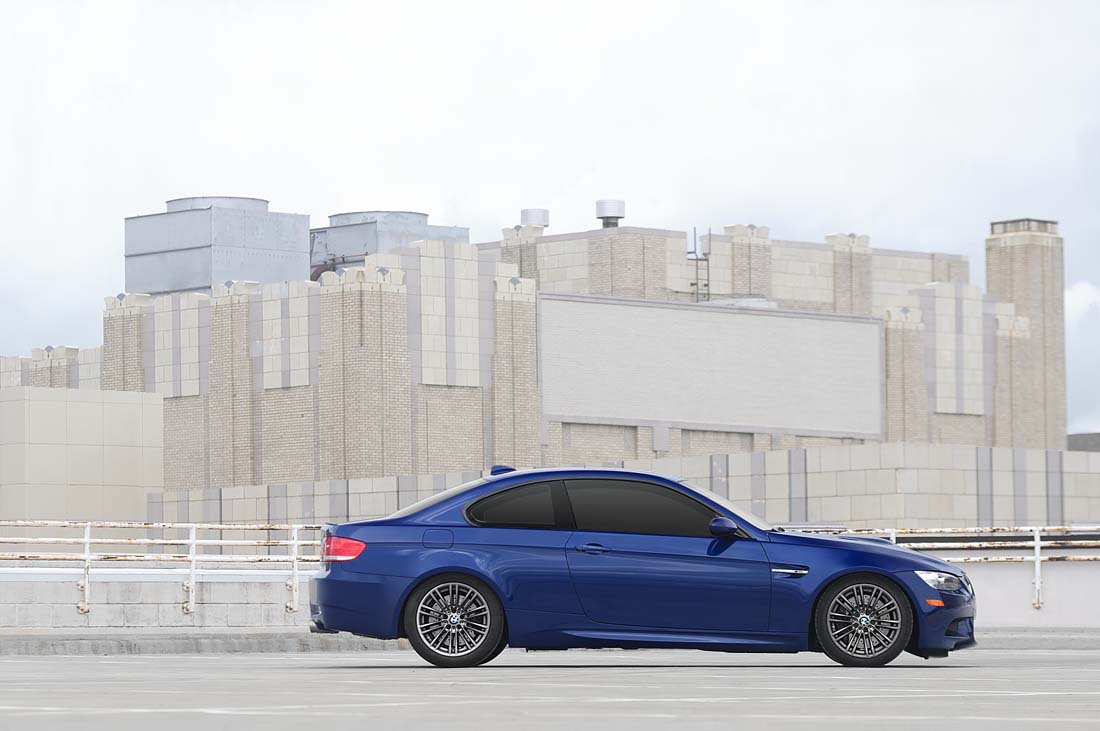If you are looking at an E92 M3 or just purchased one, you’re in for one of the most rewarding driving experiences available, especially for cars at that price point. For roughly $25,000, you can have a 414hp S65-powered coupe with a manual or DCT transmission that perfectly balances luxury and performance for a stellar daily driver, weekend cruiser, or track weapon. However, they aren’t without their faults. In terms of overall reliability, the E92 M3 is one of the most dependable on the planet, but you have to address maintenance concerns and a few common faults before you can ease all worries. These are the most common issues you can expect from the M3’s S65 V8 that range from mildly inconvenient to catastrophically tragic complete with all the links to the BMW M3 parts you need to keep it happy.
Idle Control Valve
As your M3 racks up the miles, the possibility of an ICV failure grows. The ICV can fail, which will put your M3 into limp mode and illuminate your dash with a Check Engine Light and some fun error messages. You can identify a bad ICV if your M3 has a rough idle, irregular RPM at idle, or if it hunts to find a happy idle. It might seem like a vacuum leak, but you will not see a code in the event of a vacuum leak. The only fix is to replace your ICV with a new unit.
Ignition/Spark
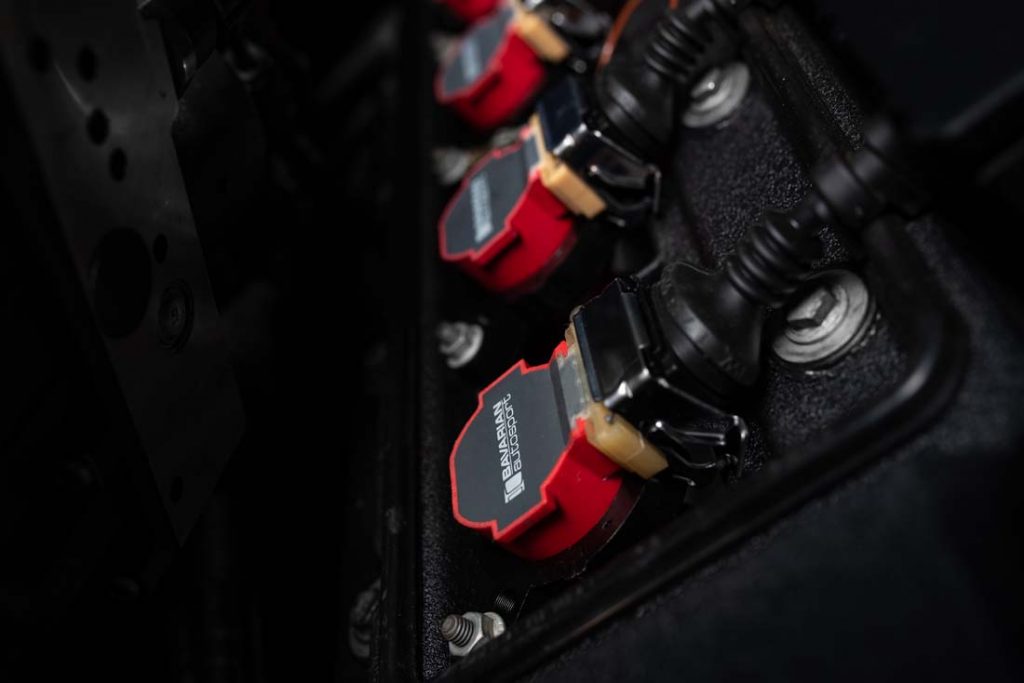
Not to be confused with a bad ICV, you may have some similar symptoms from bad coils and/or spark plugs. If your M3 has trouble starting in cold weather, has irregular misfires, or is just generally slow to crank over, then you likely have bad plugs and/or coil packs. We suggest a complete replacing all the spark plugs and coil packs when you buy the car anyway, but if you didn’t and you are experiencing these symptoms, you should go ahead and tackle that BMW E92 M3 ignition service.
Oil Consumption

Like almost all manufacturers, BMW uses a crankcase ventilation system (PCV) that releases built up crankcase pressure by reintroducing it into the intake system. This solves one issue but creates another. Along with that relieved pressure comes oil and carbon particles that are introduced with the intake air and burned off in the combustion cycle. That means your M3 isn’t receiving all the air it could, which hurts performance, and creates nasty buildup that coats your intake valves. The only solution is to install a catch can, like the ECS Baffled Oil Catch Can, to intercept that oil from the PCV system and prevent it from ever reaching your intake. It will keep your intake, valves, and ports clean while still allowing your engine to relieve that built-up pressure in the crankcase for the cleanest operation possible.
Oil Leaks
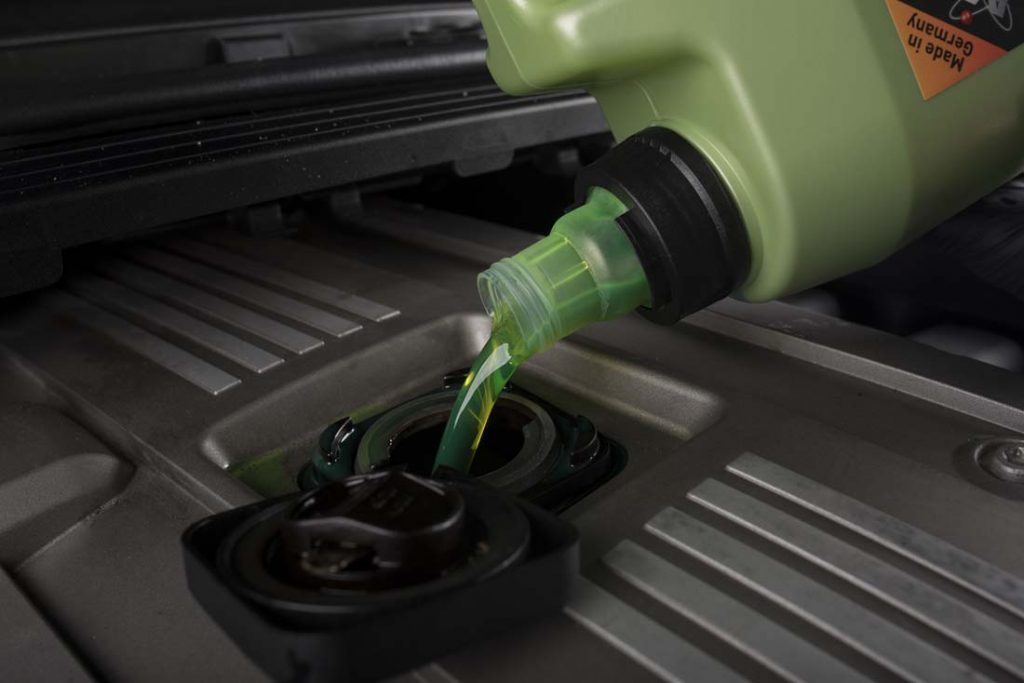
Notoriously, aging BMW engines leak oil. Particularly from the valve covers, as is often the case with the E92 M3’s S65 V8 engine. You can spot this fault by inspecting the valve covers where they meet the heads of the engine. Look for oil buildup, stains on the driveway, and keep an eye on your oil level. If you notice that you tend to top off the oil in your engine more than once a month from only regular driving, you probably have a leak. Using oil like LIQUI MOLY Molygen is an easy way to trace oil leaks, as it has a UV dye additive that makes spotting leaks easier. However, if you see a puddle after your park your M3, chances are it needs new Valve Cover Gaskets. Don’t forget to replace the spark plugs and spark plug tubes when you do this service. It’s a good idea to go ahead and do the valve cover gaskets, coils, and plugs at the same time for the best results when you do your BMW oil service.
Throttle Body Actuators
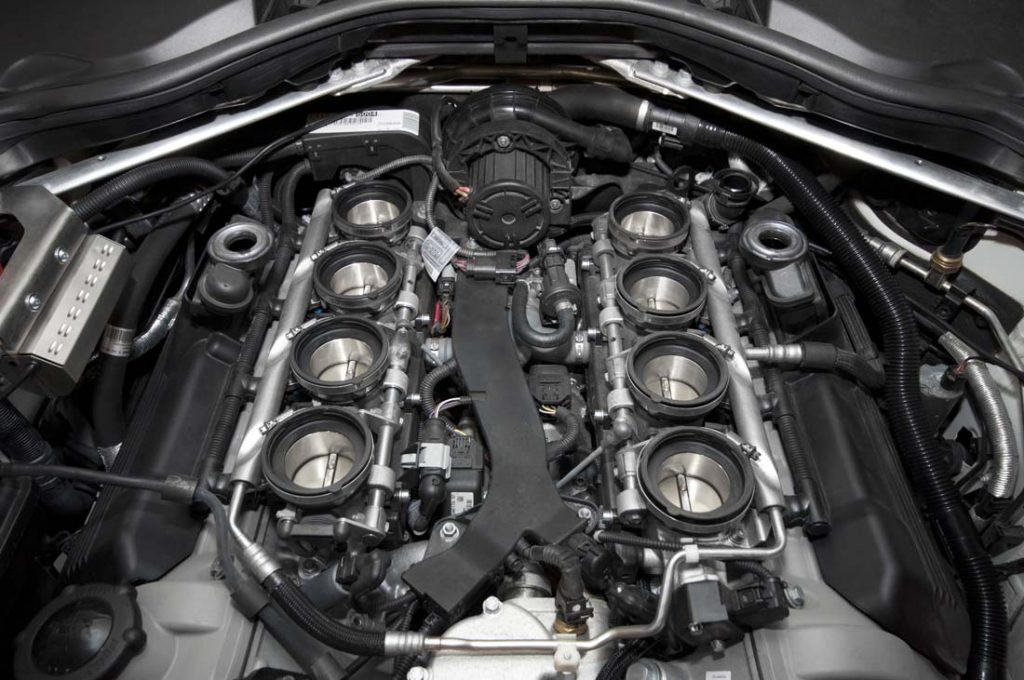
This is one of the two real problems that cripple S65 engines on a regular basis. Throttle body actuators, the electric motors that open the butterfly valves in the throttle bodies, are known to fail in the M3. You will see codes that alert you to the failure along with your car entering limp mode and losing power. There isn’t a real reason why these actuators fail, nor a mileage/age that they commonly do. They tend to just go at one point or another and that’s all there is to it. They are not cheap to replace, especially if you don’t do them yourself, so this is something to expect and budget for if you are looking at an E92 M3 to purchase. Remanufactured OEM units are one of the most cost-effective solutions. It is suggested that if one has failed, you should replace both at the same time.
Rod Bearings
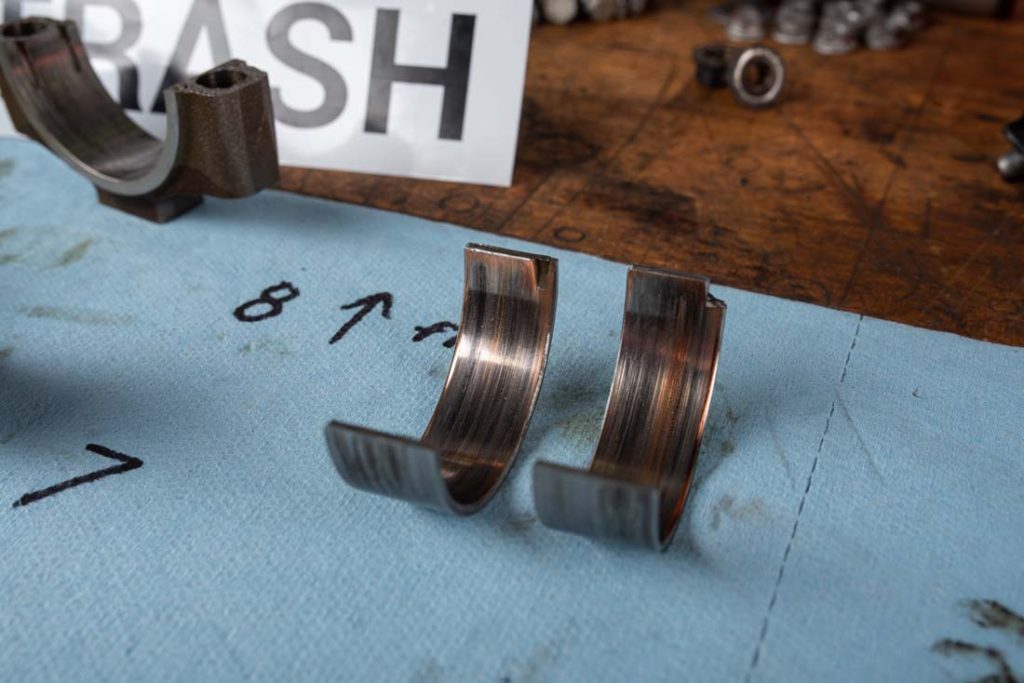
The other of the two major potential failures is the S65’s failure-prone rod bearings. While it has only been documented as the ultimate failure cause for total engine destruction in less than 1% of S65’s sold, the number of engines that have experienced premature rod bearing wear is much higher. According to owners, it is critical to replace the rod bearings every 50-80k miles, depending on how hard you drive your M3. You can identify failing rod bearings by a ticking/knocking noise at idle and low RPM, by spotting metal shavings in your oil/oil filter, or by a giant hole in your engine block from where it blew up after experiencing total, catastrophic, failure. Ideally, you want to do something about it before you try to compete with Space-X and send a piston into the stratosphere. If you want to give your M3 the most lasting fix, we suggest WPC Treated Rod Bearings. We offer full Assembled by ECS rod bearing kits that make the whole BMW rod bearing service process as easy as possible for you with all the parts you need in one box.
Oil Cooler
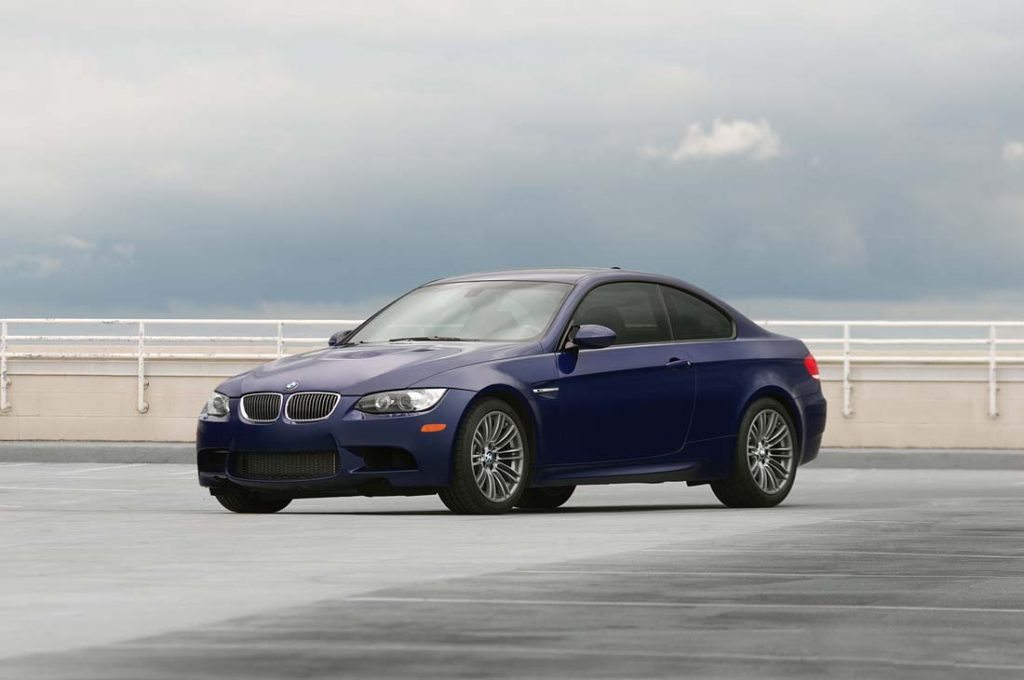
Ok, so not exactly what we would call a fault, but the oil cooler should definitely be addressed if you intend to drive your M3 on the track. The factory oil cooler does a fine job for daily driven M3s, but those that spend time at the track have stated they notice the oil temperature in their S65 climbs quickly from just a few sessions. You might experience limp mode from the temperature spikes, which means you’ll need to take it back to the pits and let it cool. If you want to spend your time on the track, not watching it, then we suggest upgrading your BMW M3’s oil cooler with a larger version for the best results.
Summary
Clearly, the E92 M3 isn’t without its share of problems. However, that shouldn’t steer your decision away from one if you want to grab one of the best performance bargains on the planet. The flip side of the coin is that these cars are a decade or more old, which means the common problems have been well documented and usually addressed by now, so you can safely expect to purchase one that has been serviced appropriately. Just know, finding one that doesn’t have service records showing these issues as resolved will likely mean you’ll want to budget for them, so keep that in mind as you search for the perfect E92 M3 to drive. Naturally, you can find all the E92 parts you will need right here at ECS Tuning.
Related Article: Best Visual Upgrades For Your BMW E92 M3

Related Article: How To Add 50hp To Your BMW E92 M3


